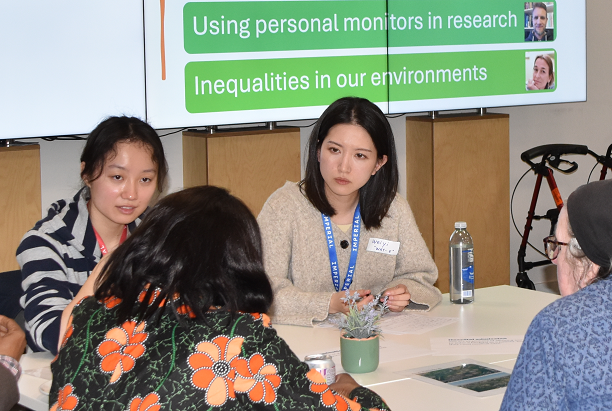In April 2025, Dr Weiyi Wang, a Research Associate at SAHSU, hosted a table at the SAHSU Environment and Health Coffee Morning to share her research on the health impacts of brownfield land – previously developed land that is now vacant or unused.
Although most attendees were unfamiliar with the term “brownfield”, they quickly connected with the topic once it was explained. When asked what kinds of redevelopment they would like to see on such land, there was a clear preference for projects that benefit the community, such as playgrounds, parks, and leisure centres, over high-rise housing. Many expressed concerns that densely built flats could lead to overcrowding and offer little support for residents’ physical or mental wellbeing.
Participants also voiced worries about pollution, safety, and the psychological effects of living near derelict or poorly regenerated brownfield sites. These perspectives echoed some of the broader themes in this research.
One of the more challenging aspects of the session was communicating a surprising finding from the study: people living in areas with higher contamination hazard appeared to have lower rates of hospital admission for respiratory or cardiovascular diseases. Weiyi clarified that this was a correlation, not evidence of a causal link, and outlined possible interpretations – such as the impact of urban regeneration or limitations in the study design. Attendees responded thoughtfully, asking insightful questions that reflected a genuine interest and critical engagement with the research.
